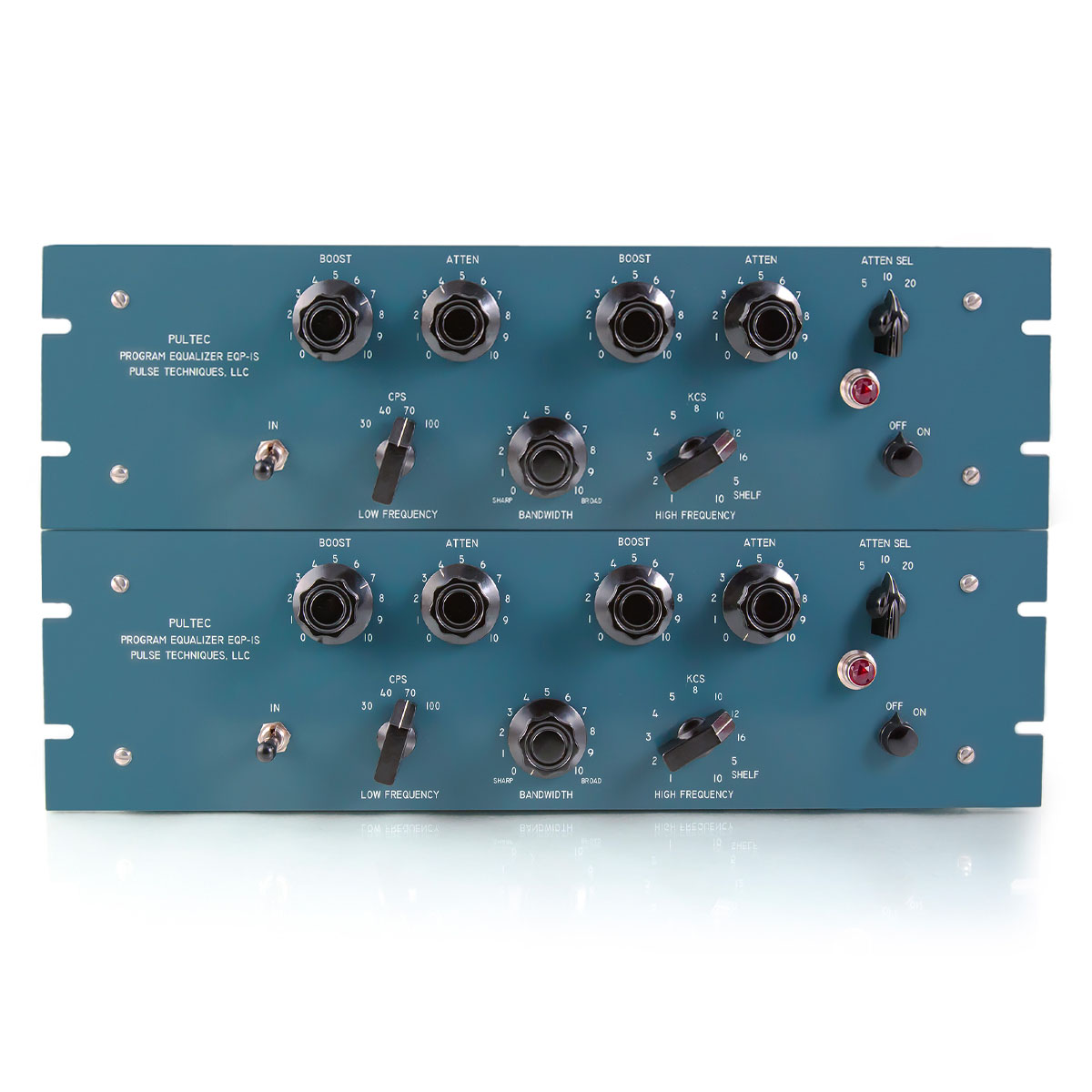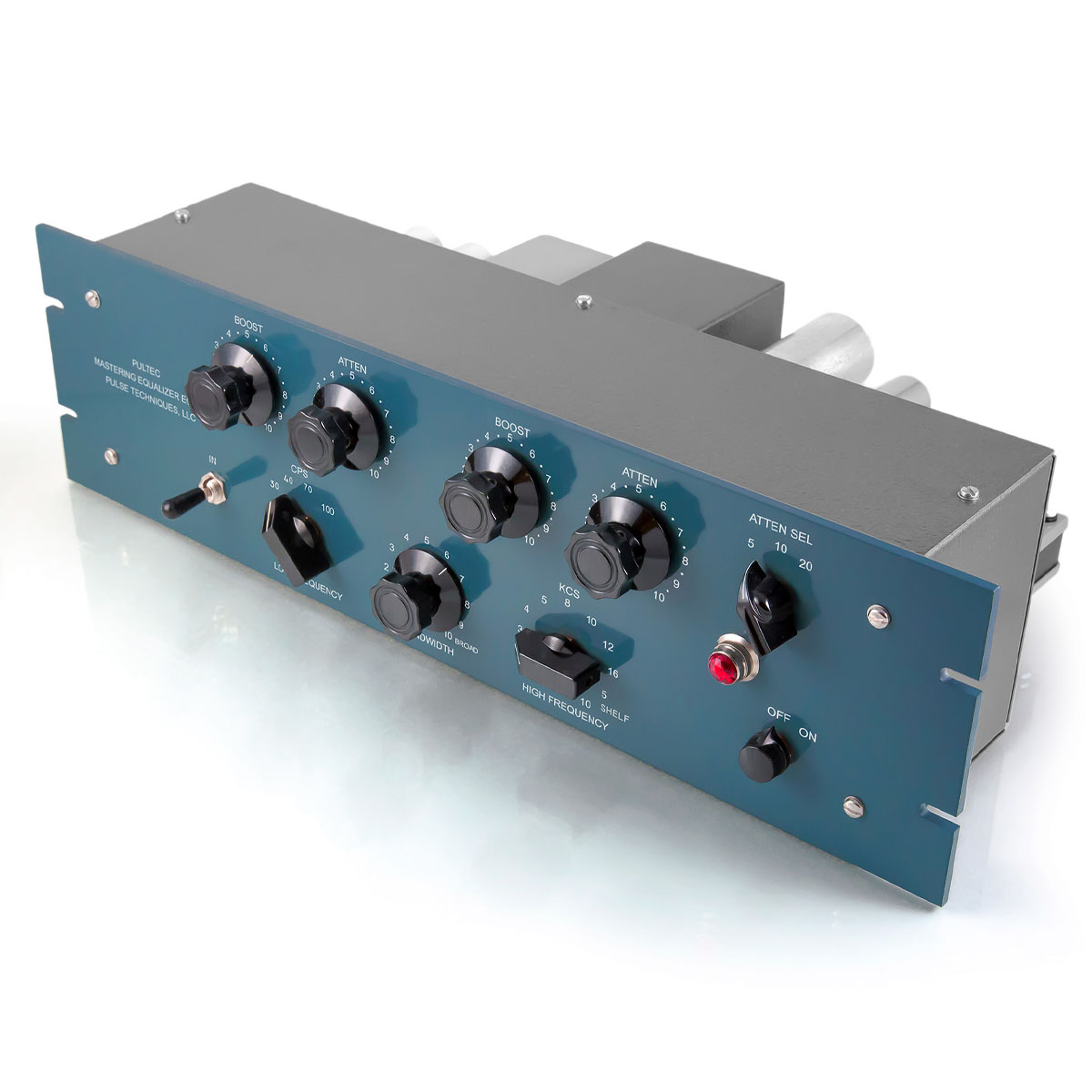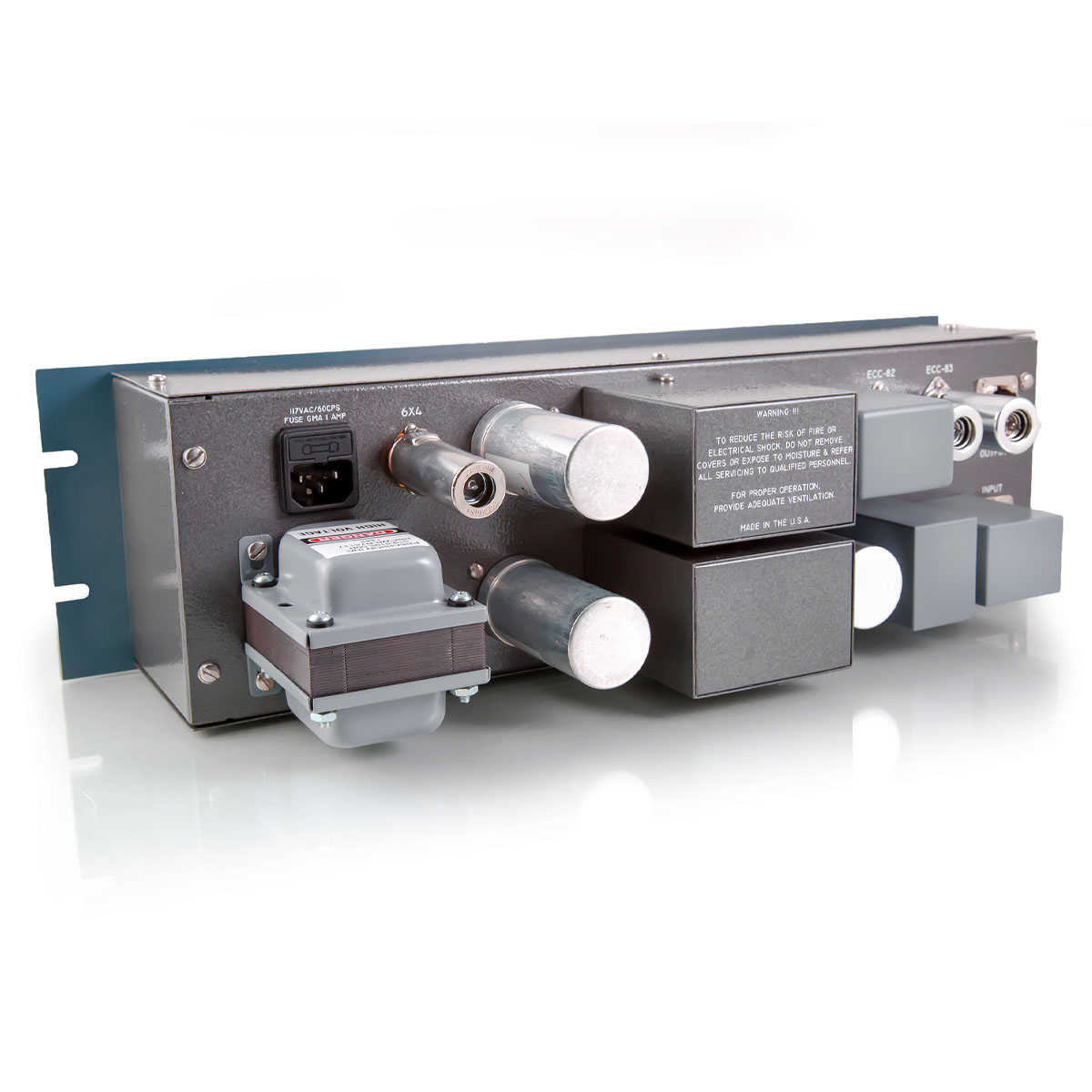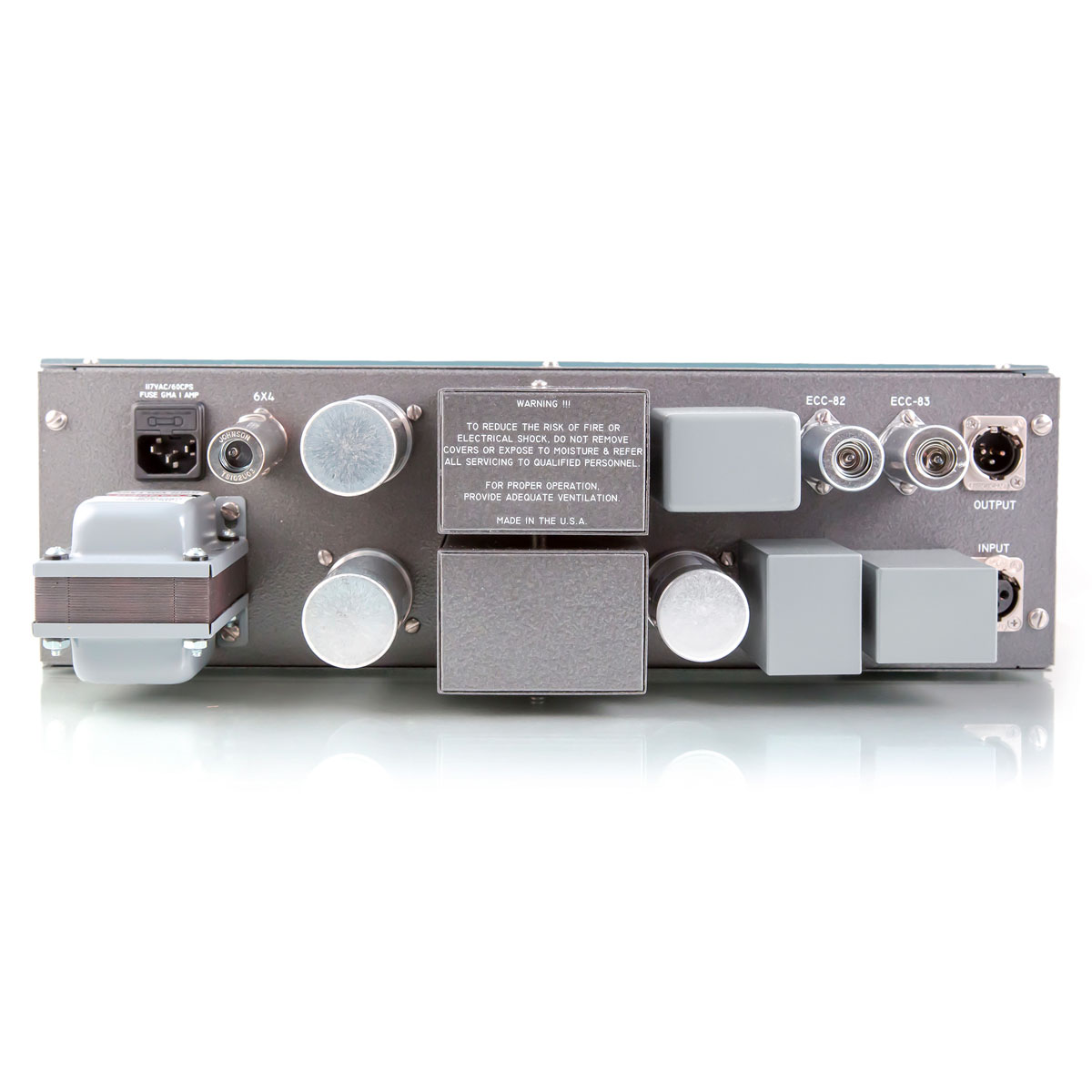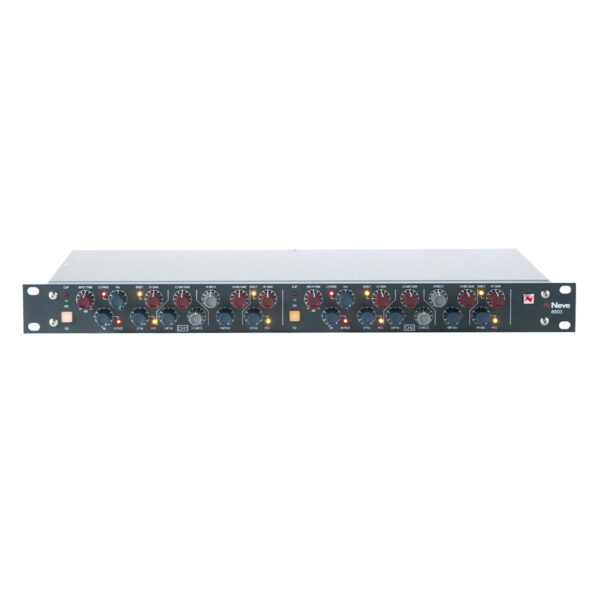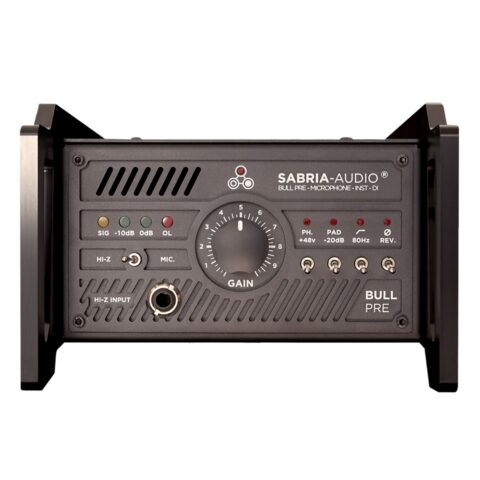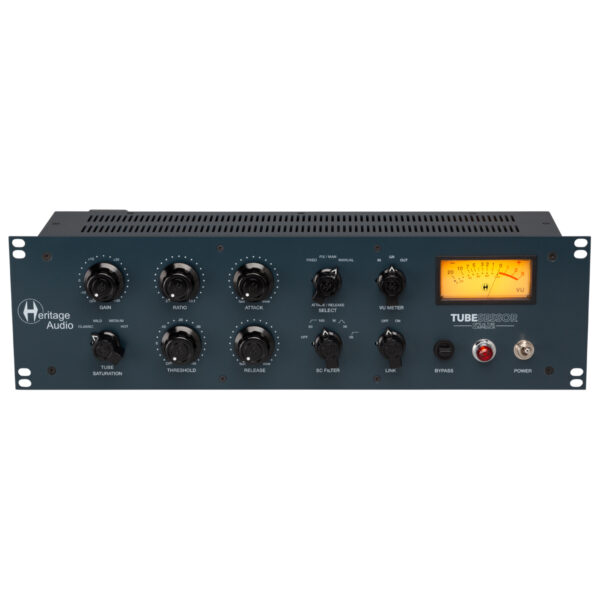Pultec EQP-1S Matched Pair Tube Equaliser
The Pultec EQP-1S Matched Pair includes two EQP-1S with carefully selected components for true stereo operation.
The Pultec EQP-1S Matched Pair fuses elements of the rare EQP-1S3 such as the different frequency points and curves with the 3U Chassis of the highly sought-after Pultec EQP-1A.
The Pultec EQP-1S is a painstaking recreation of EQP-1S3 as it was designed over 40 years ago, lead by Dr Steve Jackson who spent years of research, using only original-spec components to deliver the authentic sound of vintage units. The only difference is the 3U Chassis. Both units are carefully matched for true stereo operation with each component selected by hand to ensure consistency of sound and behaviour. This is especially important if the units are meant to be used on stereo sources or on the mix-buss in order to maintain the original stereo information.
This rare variant of the Pultec EQ delivers the same sonic signature as the original EQP-1A such as its silky smooth top end and massive bass that have made it this EQ so desired in the audio community. However, different EQ curves and frequency points are used to offer small tonal differences and added flexibility.
Based on a two-band passive design Pultec EQs are unlike any other EQ. They feature separate boost and cut controls that can be used together to produce a resonant shelf curve. The resonant shelves are what makes the Pultec so legendary. Simply boost the area you wish to emphasise while attenuating frequency build up that occurs. On kick drum, this creates a tight and deep sound without any of the unwanted mud. The HF band has separate frequency points for the boost and attenuation controls allowing you to add air without increasing presence. In addition, the EQP-1S lets you choose between peak mode frequencies or two shelf frequencies producing different sonic characteristics.
The EQP-1S uses the exact same gain make-up stage as on the EQP-1A, using a valve-driven push-pull design placed after the EQ to compensate for the loss of volume incurred with passive EQs.
